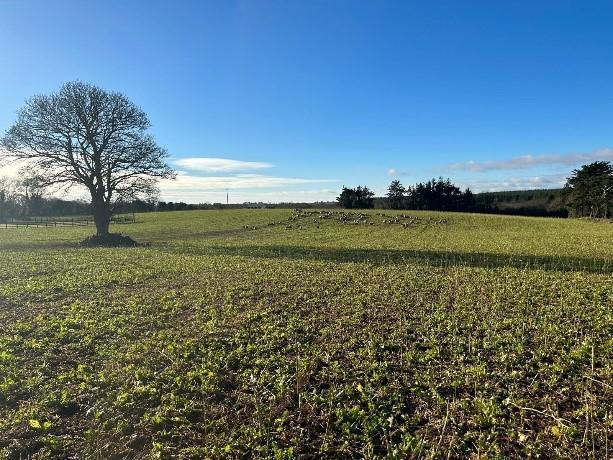24 June 2024
Benefits of Cover Cropping

Coming off the back of a very wet autumn and winter, it was clear to see the huge benefits a well-established cover crop can bring in terms of protecting soils and reducing losses of nitrogen, phosphorus and sediment to water.
Now is the time to plan for the next cover crop, protect your soil and the water quality in your local area.
Using cover crops in your cropping system offers many soil, crop and environmental benefits. Cover crops present an opportunity to improve soil structure, crop rotation diversity whilst reducing nutrient losses, soil erosion and soil compaction. It is important to establish crops rapidly after cereal crops have been harvested to get the full benefits from the crop in terms of soil and carbon capture.
Cover / Catch Crop
This is where a crop is sown between two main tillage crops, usually autumn / winter and used to maintain a green cover on the land to mop up nutrients left over (especially Nitrogen) from the previous cropping season.
Cash / Fodder Crop
This is where a short term fodder crop is grown to feed animals, usually over the winter period. These crops can be grown between two main tillage crops but usually receive N, P & K (fertilisers/manures) to maximise dry matter production. These crops are generally grazed or harvested over the winter. It is important that fodder crops are not planted beside rivers/open drains as they are generally harvested during the winter which can lead to sediment and phosphorus loss, cover/catch crops are more suited to these locations.
Nitrogen (N) recovered using a cover crop
As the cover crop establishes in the soil, it generates a large root system which recovers N that has been left over from the previous crop. If there is little or no green cover in a field over winter this N can be leached from the soil and lost to ground water or streams leading to poor water quality, therefore a cover crop with a large and deep root system is best. The cover crop stores the N it recovers from the soil in its above ground biomass over the winter until it’s incorporated back into the soil in spring. The nitrogen recovered by the cover crop adds to the soil organic N pool and will become slowly available to the subsequent tillage crops over time.
Reduces Phosphorus/sediment loss
Phosphorus (P) is mainly lost over the winter through runoff, which can increase on bare soils without a cover crop. P is usually tightly attached to the soil particles and will be lost where erosion or sediment loss occurs. Cover crops reduce the risk of erosion following heavy or prolonged rainfall as they provide a green canopy over the soil and by the action of the root mass in binding the soil together, stabilising it from loss. Sediment and P loss is very common on tillage fields without green cover and has a negative effect on water quality.
Improve soil structure
Increased root volume and penetration through the soil from the cover crop breaks up the soil layers. This improves soil structure leading to increased soil stability, improved drainage and is a source of organic matter. The cover crop also provides exudates which feed the soil biology. The soil biology produce compounds which help to orient the soils sand, silt and clay particles into water-stable packets which keep their structure when wet.
The importance of organic matter in tillage
One of the major threats to tillage soil productivity world-wide is the loss of soil organic matter. Organic matter is the main store of plant nutrients in the soil, especially soil N. Organic matter also helps to reduce soil compaction as it acts like a shock absorber between the soils particles (sand / silt / clay). Soil organic matter also provides food for earthworms, often referred to as natures plough and soil microbiology which recycle nutrient for crop uptake. Overall building soil organic matter leads to multiple soil, crop and environmental benefits.
Improve productivity
Productivity will improve in a tillage system due to the additional organic matter increase over time, leading to improved soil structure and soil nutrient availability. Additional carbon supplied by increased organic matter provides food for soil biology leading to more earthworms, biodiversity and improved biological activity. It is important to remember that cover crops form part of a tillage system over years with the benefits being accumulated and reaped over a farming career rather than in a single year.
Read more from the Signpost Programme
